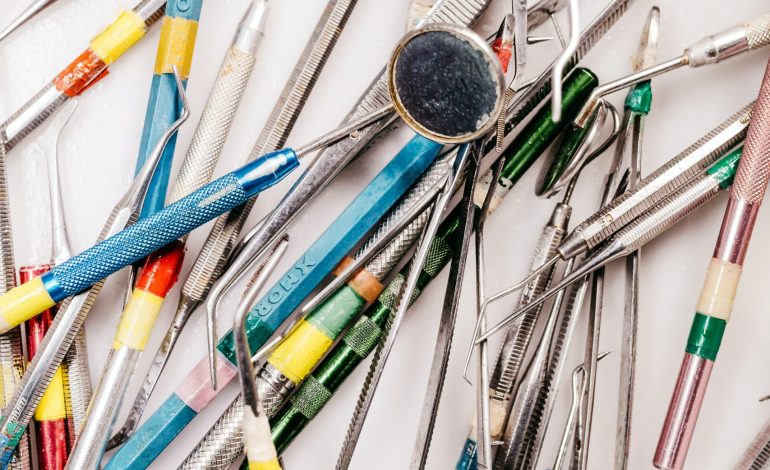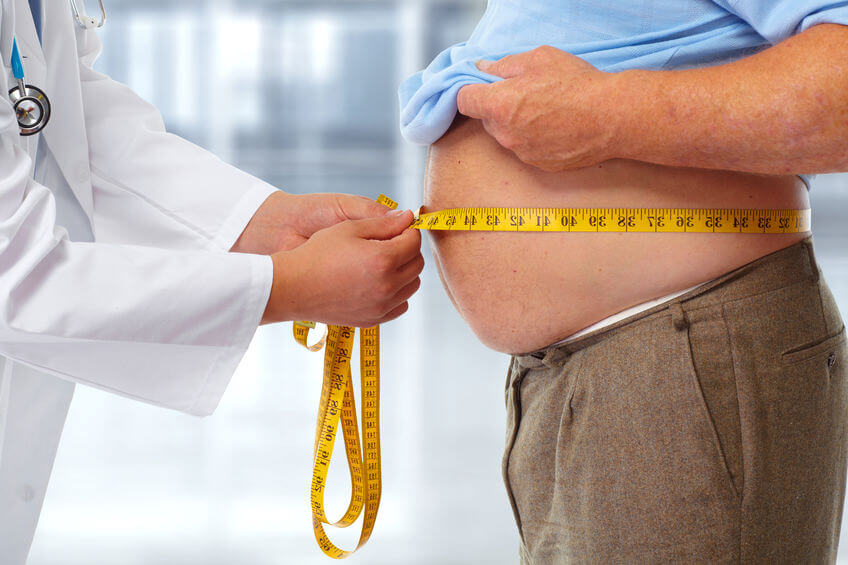Sterilisation in Dentistry: Why is it important?

Sterilization is the process of killing all living microorganisms, including bacteria, viruses, and fungi, to prevent their spread and infection. Sterilisation in Dentistry is crucial as dental procedures can cause blood and saliva contamination, which may contain pathogens.
Importance of Sterilisation in Dentistry
The dental office is a potential source of infection for both patients and dental staff. Instruments and equipment that come into contact with patients’ blood and saliva can harbor infectious microorganisms, including hepatitis B and C, HIV, and tuberculosis.
Sterilization of dental instruments and equipment is crucial to prevent the transmission of these infections.
Methods of Sterilization in Dentistry
There are several methods of sterilization used in dentistry, including steam autoclaving, dry heat sterilization, chemical sterilization, and ionizing radiation.
Steam autoclaving is the most commonly used method as it is effective, efficient, and inexpensive. It works by using high-pressure steam to kill microorganisms on the surface of instruments.
Dry heat sterilization uses hot air to kill microorganisms and is best suited for materials that cannot withstand moisture. Chemical sterilization uses chemicals such as glutaraldehyde and hydrogen peroxide to kill microorganisms. Ionizing radiation, such as gamma rays, is also used to sterilize dental instruments.
Effectiveness of Sterilization Methods
The effectiveness of sterilization methods depends on several factors, including the type of microorganisms, the load of microorganisms, and the type of material being sterilized.
Steam autoclaving is the most effective method as it can kill all types of microorganisms, including spores. Dry heat sterilization is less effective than steam autoclaving and can only kill some types of microorganisms.
Chemical sterilization is effective but requires longer exposure times than steam autoclaving. Ionizing radiation is also effective, but it is more expensive and requires specialized equipment.
Conclusion
In conclusion, sterilization is essential in dentistry to prevent the transmission of infectious microorganisms. There are several methods of sterilization used in dentistry, including steam autoclaving, dry heat sterilization, chemical sterilization, and ionizing radiation.
Steam autoclaving is the most effective and commonly used method.
The effectiveness of sterilization methods depends on several factors, including the type of microorganisms, the load of microorganisms, and the type of material being sterilized. Dentists and dental staff must follow proper sterilization procedures to ensure patient and staff safety.








